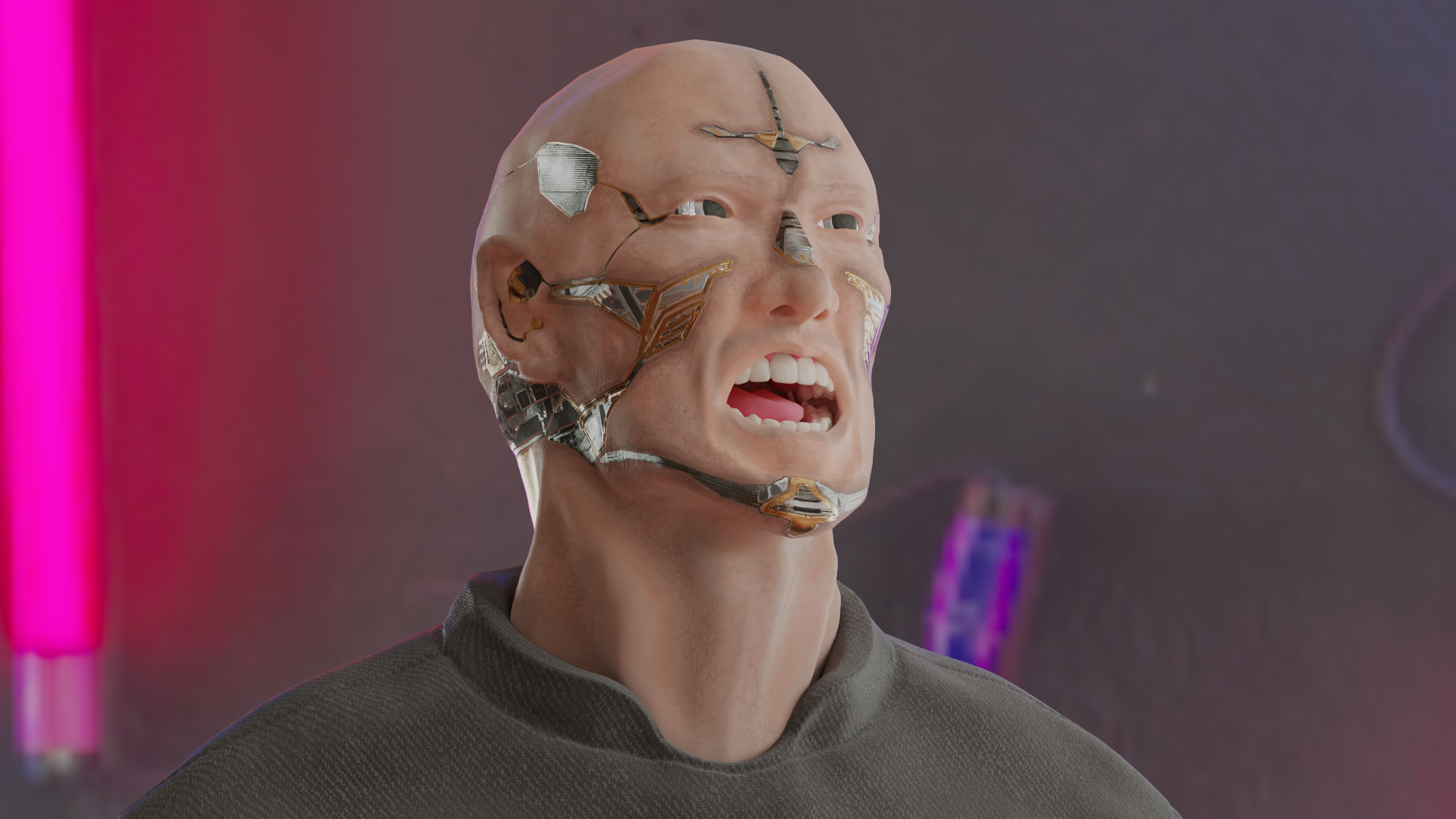The Question

Provided unlimited resources, what would you be able to accomplish in a month? What about six months? A whole year, perhaps?
Some of us would say plenty, while others may lack the organizational skills, planning, and creativity to think of something worthwhile. Results would vary, and that’s a fact. Resources are necessary to accomplish results, but they do NOT guarantee results, if motivation is lacking.
Let’s work on motivation, then, and let’s remove the “unlimited” option from my original question: what if resources were extremely limited, to a point where every item, every penny, every ounce, and every inch counts?
What if losing even an insignificant percentage of the resources available to you, will virtually guarantee failure?
Let’s make it interesting, and add a deadline to what we are expected to accomplish. Let’s say three months, at the expiration of which, results must be presented, pending failure. Not just any failure. Permanent failure. The kind of failure nobody walks away from in one piece.
The Journey

If this hypothetical feels eerily familiar, it’s probably because, much like yours truly, you went through the unavoidable, age-old, sacred ritual known as the “Layoff'”.
If you are one of the lucky ones who truly enjoyed your former job, being laid off can feel like being thrown overboard from a cruise ship, only to land on a leaking life raft that has barely enough fuel to get you to a “reasonable expectation” of a solid ground.
The length and hazards of this journey may vary, depending on how resourceful one can be, as well as the amount and type of actual resources available.
Let’s postulate the average background, within which there may be a few gaps here and there, maybe a year or two, due to a variety of reasons, including previous bouts of unemployment. There may be a bachelor or a master, or maybe none of that. An Associate degree? that’s not unheard of, and might, or might not be a factor, depending on your target industry. Still, all of this may be circumstantial, if the professional experience provides sufficient insight into what you are truly capable of.
A Numbers Game

Between 2022 and 2023, unfortunately, the average nature of what I have just described, is what I have come to experience as a “worst case scenario”. Suddenly, I discovered there is really nothing “special” about what I do, or who I am professionally.
Is it a grim thing to say? Of course it is, but let’s not be naive about this: just like you, I have spent years improving upon my skills, learning, investing into a profession I love and will continue to love, indefinitely. Just like you, I am not going to quit it. I’d have to be an insane person to throw all of this away.
Yet, the reality is that the job market in 2023 is a number game. But why?
The reason is simple: human nature. When ten people lose their job, they tend to stick to what they do best, and apply for similar jobs. When 10,000 people lose the same job, the best chance for survival is to pivot, and switch market.
People learn new skills all the times. They develop multiple interests, and learn at a faster rate then prior generations thanks to an abundance of online resources.
Web development, graphic design, video editing, and many more disciplines can be acquired quickly, along with certifications that may or may not award more points from recruiters.
Feeding Frenzy

In my situation, these numbers have never added up in the past as badly as they did in 2023, when many applicants with strong technical backgrounds found themselves with no choice but to pivot towards digital arts, producing a surplus of applications that forced recruiters to succumb to the use of automated software for interview selection.
The resulting “journey” was a treacherous and scary voyage through the choppy waters of economic uncertainty.
After burning through my runway cash in less than a month, I began wading into the “high seas”, using credit lines as fuel to push my life raft forward into an empty horizon.
In the meantime, I would spend far too much of my time wondering when the “sharks” would start circling and begin to bite chunks out of my borrowing power, as I struggle to keep afloat until the prospect of a steady income stream would, at last, manifest, not unlike the hero who disappears in the second act of an action movie, only to return in the last ten minutes, to save the day, just in time for the end credits to roll in.
Well, as it turns out, the hero came through for me, but, once again, let’s not be naive. It is still a numbers game, and for those who subscribe to a many-worlds interpretation of the universe, there surely is a version of me, right now, who may very well be out on a curb somewhere, too tired and hungry to wonder about the reason for any of it, and too broken to argue about how any of it happened. Maybe there is a version of me with a family and children to worry about.
Back To The Question

How creative can one get to weather the journey? I cannot speak for just anyone, but I have indeed discovered aspects of myself that taught me something about my limitations as a human, and how to operate within those limitations to survive.
By assuming that the job search part of the journey is being fulfilled, through careful crafting of the resume, and adequate portfolio curation, the logistics of living, matter the most.
You can’t travel to interviews without fuel in your gas tank, much less without food in your stomach to express coherent thoughts and engage in conversation with hiring managers. Alas, there are extreme circumstances where the grocery bill is also on the chopping block, especially when every bit of cash is instantly absorbed into bills, like student loan payments, credit card bills, mortgages, and high rents, especially in cities like Los Angeles, or worse… New York.
EDD may stretch to an extent, as previously invested tax dollars provide some help, but it is still a catch-22, to where every bit of extra money you make from side-hustling is deducted from EDD, not to mention the fact that when EDD is in effect, SNAP benefits are reduced to $25 per month.
So, let’s say you have a monthly total bill of $1200 in credit card bills, on top of $1500 rent, and let’s say $500 to $700 monthly vehicle loan payments, depending on what you are driving, you will NOT survive three months without a solid side-hustle, and even then, you need to take a serious look at your daily spend, just to keep the lights on, and the stomach full.
Fortunately, there are ways to stretch your very flimsy budget, hopefully far enough to get you to solid ground, with not enough shark bites to completely bleed out.
“Rice Is Life”

Let’s not kid ourselves: we may not live in a third-world country, but there are levels of hardship that too many Americans are not prepared to withstand. This is why it’s important to identify and make use of resources that may be sometimes out of our comfort zone. Picky-eaters, beware: this is gonna get rough.
White rice, is one of the cheapest food resource available. 50lb of rice average less than $40, and will feed one person for at least two months. With that said, there are serious health considerations to make when switching to a rice-centric diet, which means a potential spike in cholesterol, and substantial, and rapid weight loss.
Rice contains starches, and converts into sugars. There may be circumstances in which you may not have a choice, especially between high cholesterol and starvation, but if there is some wiggle room, items you may be able to pair with rice to enrich your temporary emergency diet stretch are canned goods, especially tuna, refried beans, and Vienna sausage, and green beans. In most wholesale stores like Costco or Sam’s Club, a month’s supply of refried beans, green beans, and tuna can be had for about $150, and feed one person, sufficiently, twice per day, when paired with rice, for a fairly healthy diet.
Water Supply

Even something as basic as drinking water is expensive when you operate on extreme levels of reduced income, but there are ways around that as well. Osmosis devices are a popular item among campers and hikers, because they convert most water streams into drinking water cheaply and fairly efficiently.
The average portable water filtration system can be purchased at around $45 to $75, and filter refills average $20, which allow for at least 15-20 gallons of water between filter replacements. The other good news is that these systems are battery-powered and portable.
Keeping an Eye On the Electric Bill

In my experience, I find that LED lighting, such as decorative string lights, or stick-on light strips with Lithium batteries, as well as other battery-powered appliances, help save energy and keep the electric bill low, compared to other types of brighter illumination. some LED lights are also pre-programmed to automatically dim or turn off after a period of time.
In summer time, depending on your cooling requirements, wireless fans are also becoming much more powerful than their predecessors, with batteries large enough to last all day, and can be purchased for less than $50.
Conclusions

It’s important to understand that all of the above is based on personal experience, which may or may not apply to your particular case, but it did keep me afloat long enough to see land on the horizon.
During that time, there was a lot of trial and error, with plenty of errors that ended up costing me in the long run, which is why I want to share my experience and my thoughts with anyone who might find this information useful.
If you are out there struggling, whether you just jumped off the plank and dived into that same water i spent navigating for six months, or have been swimming for a while, there are a few small ways I found to keep your neck above and keep going, and I hope they’ll help you in your journey.

